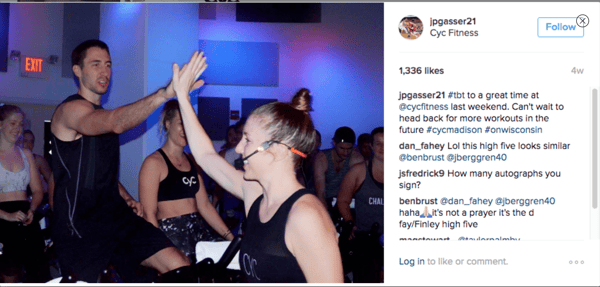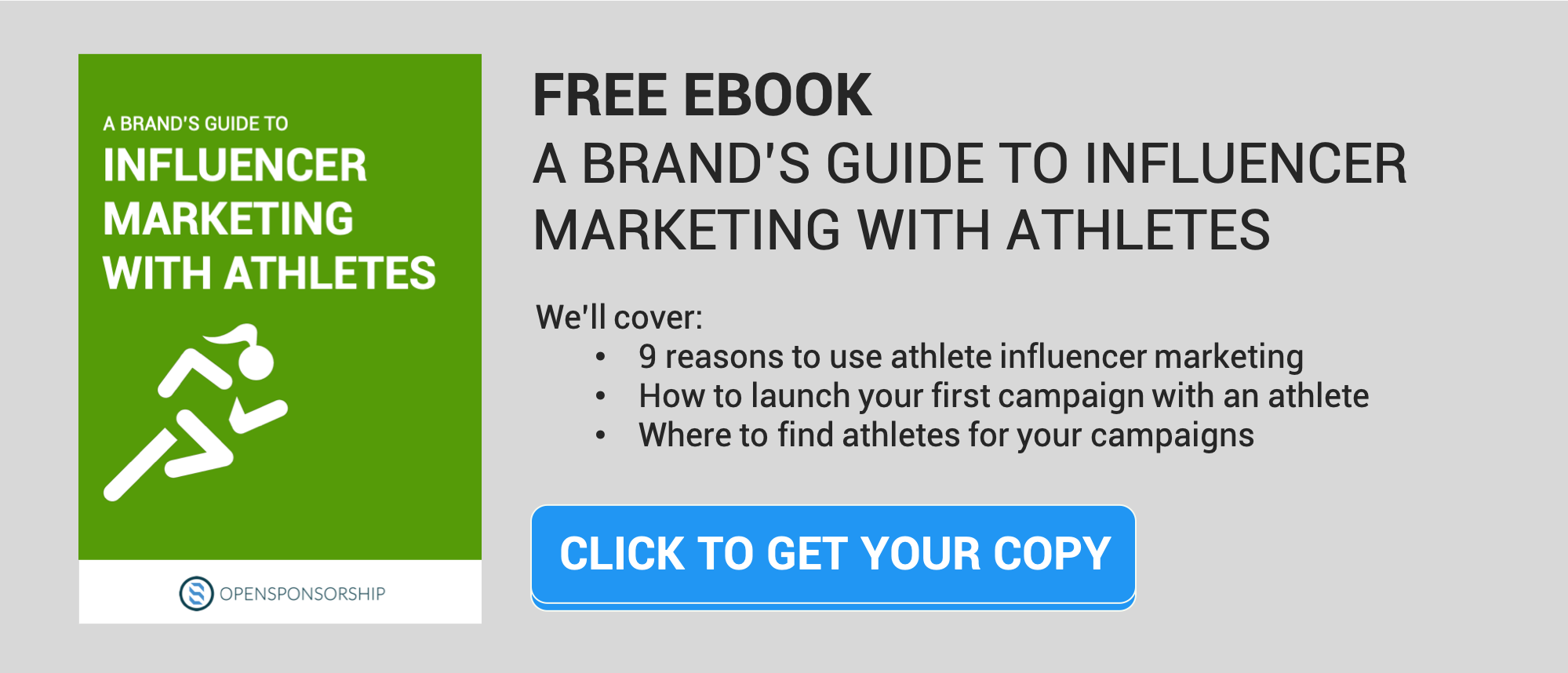Whether or not you’re in marketing, at this point you’ve likely heard the magical words “influencer marketing.” And while you may have dabbled in the (sometimes) sketchy world of influencer marketing, you still don’t have a great idea of just how it’s supposed to help your brand. I mean, aren’t “influencers” just a bunch of traveling Instagrammers?
If that’s how you’re approaching an influencer marketing strategy, let me be the one to tell you: You’ve been doing it wrong. But fret not! I’m here to walk you through the ins and outs of how to launch your first (successful) influencer marketing campaign.
Let’s dive right in.
Step 1: Actually choose your influencers.
It sounds simple, yet for some reason it isn’t. Many other influencer marketing companies exist where you pay money, hand over some copy, and let your previous product go wherever the wind takes it.
Unfortunately, this doesn’t typically yield valuable outcomes. Just like a business, every influencer has his/her own audience. Influencers attract an audience due to some overlapping interests with their audience - whether those interests are fitness, diet, beauty, etc.
To run an influencer marketing campaign, you want to be able to vet a number of influencers to understand which one’s audience matches up with your target demographic to yield the best results. You also want to be able to work directly with the influencers, rather than letting a third-party handle that communication.
Choose your influencers with OpenSponsorship.With over 4,000+ athletes in our database, we bring influencers to you. All it takes is posting a campaign to our portal, and athletes will find and apply for the campaigns that suit them, giving you the ability to quickly and easily vet who is right for your brand. |
Step 2: Know where your target audience lives online.
While you may know your target audience offline, be sure you’ve taken the steps to understand where this audience lives online. Identifying the right audience will allow you to effectively complete step one, matching who your audience is with the audience of an influencer. Here are some quick ways to determine who your target audience is for your influencer strategy:
- Google Analytics: Under the Audience tab, you’ll find stats on your current website traffic including demographics, interests, and geography.
- Facebook Business Page Insights: If your business has a Facebook business page, be sure to take advantage of the Insights tab to be able to get quick insight on who your current audience is. If you plan on doing a Facebook campaign with an influencer, this is a great way to compare your Facebook audience to an influencer’s audience and see if there’s valuable overlap.
If you plan on running any social media influencer campaign, then looking at analytics tools from Instagram, Twitter, and the like can all be helpful. This extra step will help ensure you’re getting the best ROI to reach your goals. Speaking of …
Step 3: Set clear, achievable goals before each influencer marketing campaign.
You’d be surprised at how many brands are willing to just give companies their money without setting any achievable goals. (Or maybe, savvy marketer, you aren’t that surprised. Let’s all take a collective calming breath to try and forget the last time your boss demanded sales numbers from a campaign you told them was about awareness. Okay. Let’s continue.)
We realize that many companies don’t have budget that can be wasted, so before you launch a campaign, set some key goals with your team. This way, there are really trackable data points that your team can look back on to ensure that both you and your influencers are aligned on what’s considered a successful campaign.
Generally, these goals fall into one of the following buckets:
- Brand Awareness: This goal is typically around how many impressions you can drive to increase awareness of your brand.
- Traffic: This goal is tied to an influencer driving a certain volume of traffic back to a particular site or landing page.
- Sales: Whether in leads or actual purchases, if you choose this goal you want to ensure your campaign is tied to some sort of cost-per-click.
- Audience Growth: This is typically tied to a campaign where you’re looking to increase your social media following by having influencers recommend they follow your account.
Step 4: Create an influencer campaign that’s mutually beneficial.
This may sound obvious, but oftentimes brands look at influencers for their audience without regard for what would benefit that influencer. Think about it this way: When hiring a sales rep, you want to ensure that rep is excited about your product because at the end of the day, they are the ones selling it. By hiring an influencer, you’re hiring someone to sell your brand, so you want them to be just as excited by the opportunity as you.
For some influencers, just receiving free product is enough, while others may want a cash guarantee for their work. The better your offer is tailored towards each influencer, the better their content is going to be on your behalf. It’s worth it to put in the time to ensure that each influencer deal is going to be a positive experience for both parties.
Influencer Strategy ExampleWhen Cyc Fitness wanted to help generate awareness around their new location opening in Madison, Wisconsin … they were far more interested in an influencer who was widely-known in the college town. They offered free classes to athletes, and ended up working with Wisconsin basketball legend Josh Gasser. Josh attended a class for free in exchange for sharing that’d he’d be attending that class on social media. This resulted in a sold out class and an increase in membership for that location. |
Step 5: Track and measure your campaign.
The classic final step: Measuring your campaign. If you set a specific goal after step three, then you’re already in good shape. Now it’s just about ensuring you have the right tools to track and measure your influencer marketing campaign.
Here’s a few ways to make it happen:
1. Track with your own attribution.
The simplest and most overlooked step in tracking an influencer strategy is including tracking tokens in the links you have influencers share. Taking this additional step allows you to clearly see what traffic and conversions are actually being sent back your way from the influencers’ campaign. Here’s a guide to doing this correctly.
2. Track with OpenSponsorship.
Our platform not only helps brands connect with athletes for their influencer marketing campaigns, but we also provide tracking to help you see which campaigns are creating the best value for you. This also helps you evaluate which athletes to work with over time to be able to look back and see which ones led to the greatest ROI for your goals.
3. Track with a third-party tool.
While the above two should be enough, some companies opt to enlist tools specifically for tracking and measuring influencer marketing campaigns. This post goes into six different influencer marketing tracking tools you can try.
Follow these five steps, and we guarantee you’ll begin to see the light when it comes to an influencer marketing strategy. Just like any other marketing tactic that seems overhyped, it’s about executing correctly and matching your effort with what’s best for your brand.




